The Best U.S. Presidents According to Both Conservative and Liberal Historians
Conservatives and liberals fight over who the best person for president of the United States is every election year. Even after the election is fought over and won, this debate continues — which can be seen in the ongoing battle between the supporters of President Joe Biden and former President Donald Trump.
While the fight over who’s the best modern-day president may continue on, liberals and conservatives do have a few U.S. presidents that both sides can agree were the best U.S. presidents of all time.
Franklin D. Roosevelt
Franklin D. Roosevelt was president of the U.S. from 1933 to 1945. As a result, Roosevelt became president during the worst period of the Great Depression and also was the leader during the difficult years of World War II.

Source: Public Domain/Wikimedia Commons
However, throughout this rough period, Roosevelt remained highly popular around the country. His leadership helped the nation through this terrible decade. He also remains the only president to be elected to the office for four terms.
Andrew Jackson
Andrew Jackson is one of the more controversial presidents the United States has had, thanks mainly in part to his forcible removal of many Native Americans from their lands.
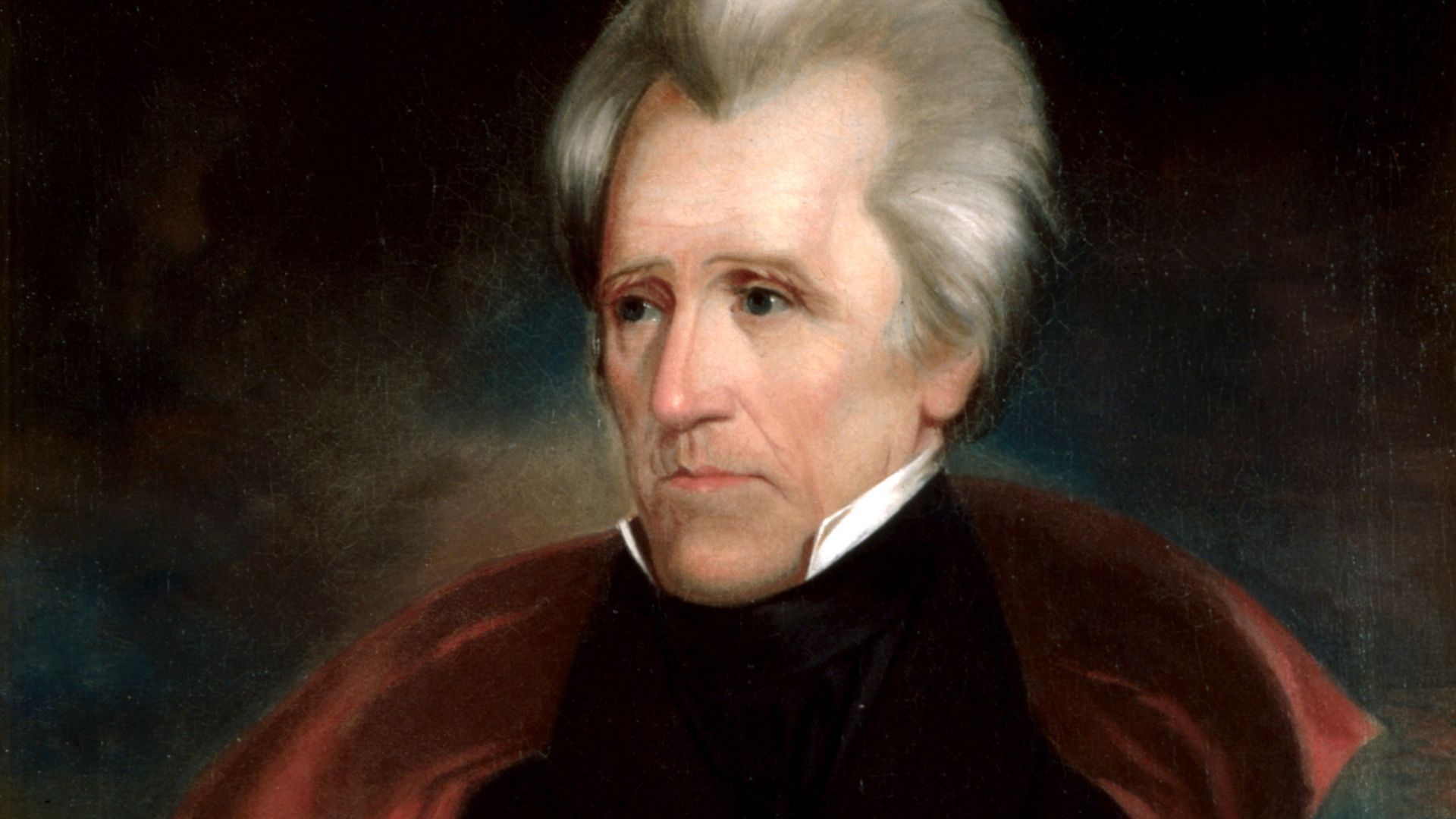
Source: Public Domain/Wikimedia Commons
However, from 1829 to 1837, Jackson was well-liked by most of the American population. Today, historians rank him high because of his battle against the government monopoly that was the Second Bank of the United States.
Lyndon Johnson
Lyndon Johnson became president after John F. Kennedy’s assassination in 1963. Until 1969, Johnson encouraged equality throughout the country. Johnson is possibly best known as the president that passed the Civil Rights Act.

Source: Public Domain/Wikimedia Commons
However, Johnson also notably started Medicare, which greatly helped many elderly Americans and still persists today. More aid was also sent to poverty and educational programs under Johnson.
Bill Clinton
Unfortunately, Bill Clinton’s time as president, from 1993 to 2001, was rife with controversy. However, putting aside these issues, both conservative and liberal historians tend to rank Clinton high on a list of the best presidents.
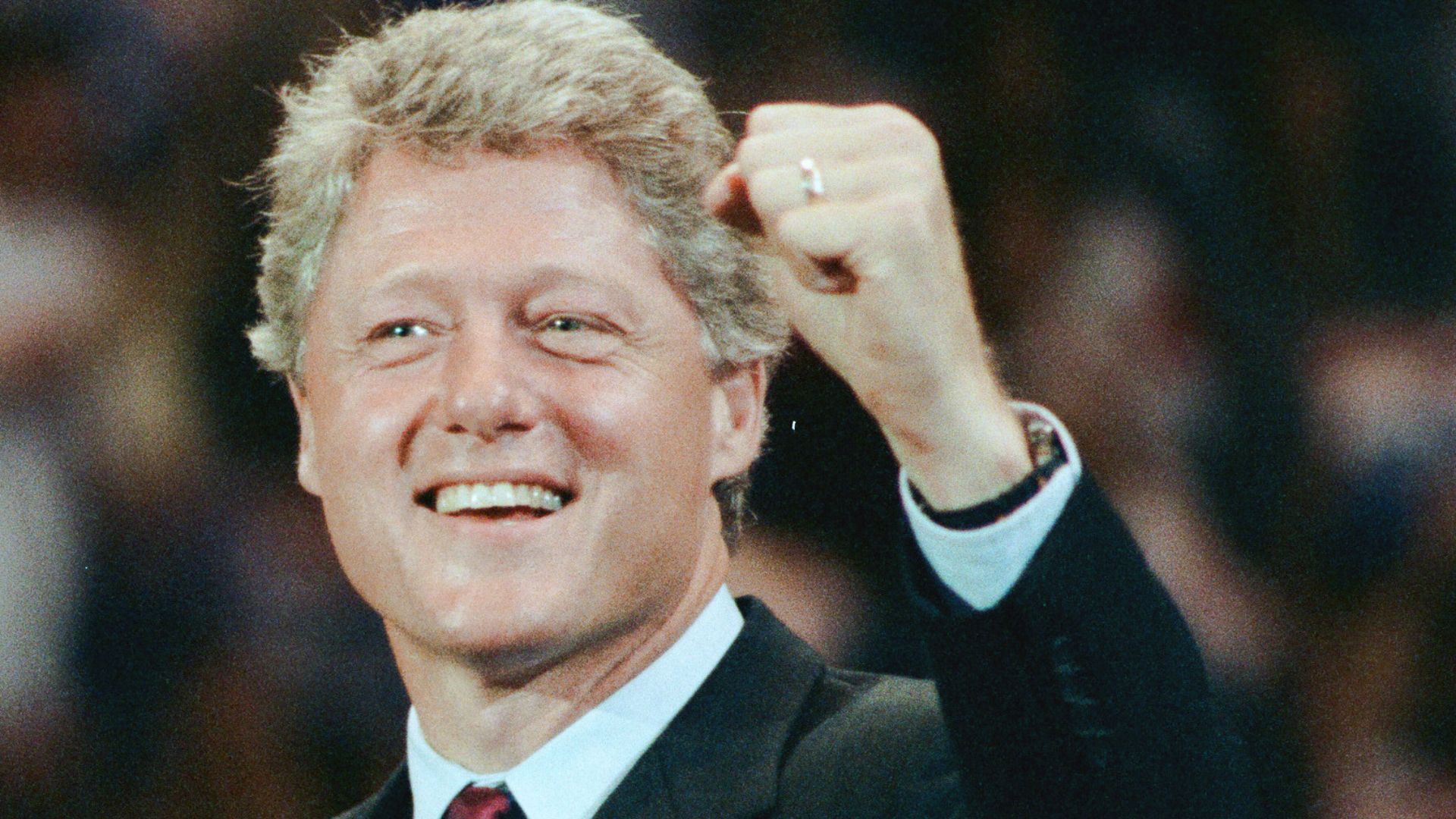
Source: Kenneth C. Zirkel/Wikimedia Commons
Under Clinton’s terms, the U.S. saw a balanced budget and even a budget surplus. Clinton was also incredibly popular during his time in office.
James Madison
From 1809 to 1817, James Madison was the president of the United States. The fourth president — who also was a key member at the beginning of the country’s formation — Madison is best remembered for his moral authority, according to historians.
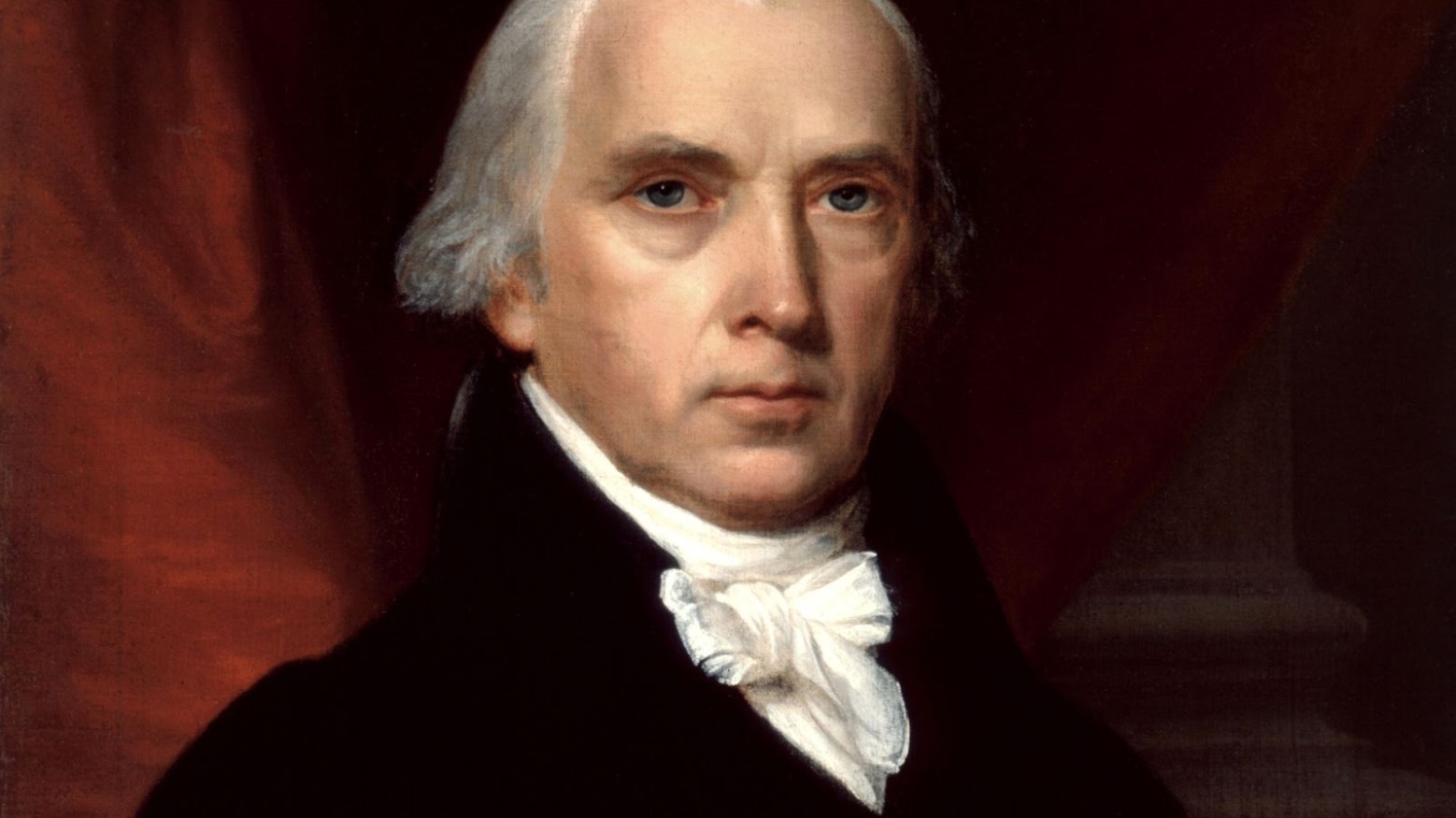
Source: Public Domain/Wikimedia Commons
Madison was in the White House when he declared war against Great Britain in 1812. After the success of that war, Madison was created with the skyrocketing nationalism seen throughout the nation.
Jimmy Carter
Jimmy Carter lost his presidential reelection bid — but historians have increasingly begun to look at him in a better light in recent years.
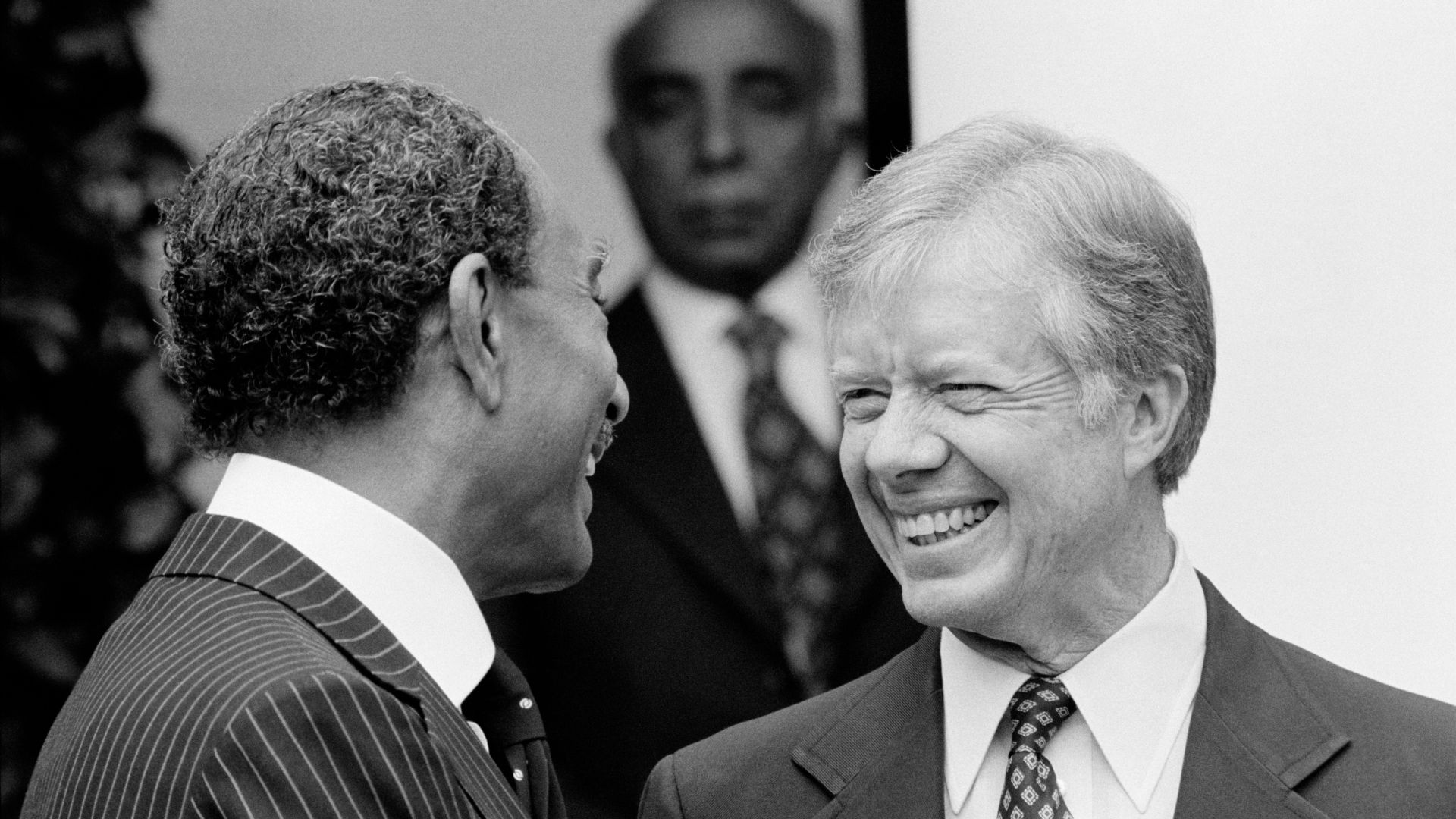
Source: Public Domain/Wikimedia Commons
This positive look mainly resides in Carter’s ideals of equal justice for all, as well as his creation of an efficient way to deal with oil shortages. Carter is also credited with bringing peace between Israel and Egypt.
James Monroe
The fifth president of the U.S., James Monroe lived in the White House from 1817 to 1825. Though possibly not as well remembered by the general population today, conservative and liberal historians rank Monroe highly.
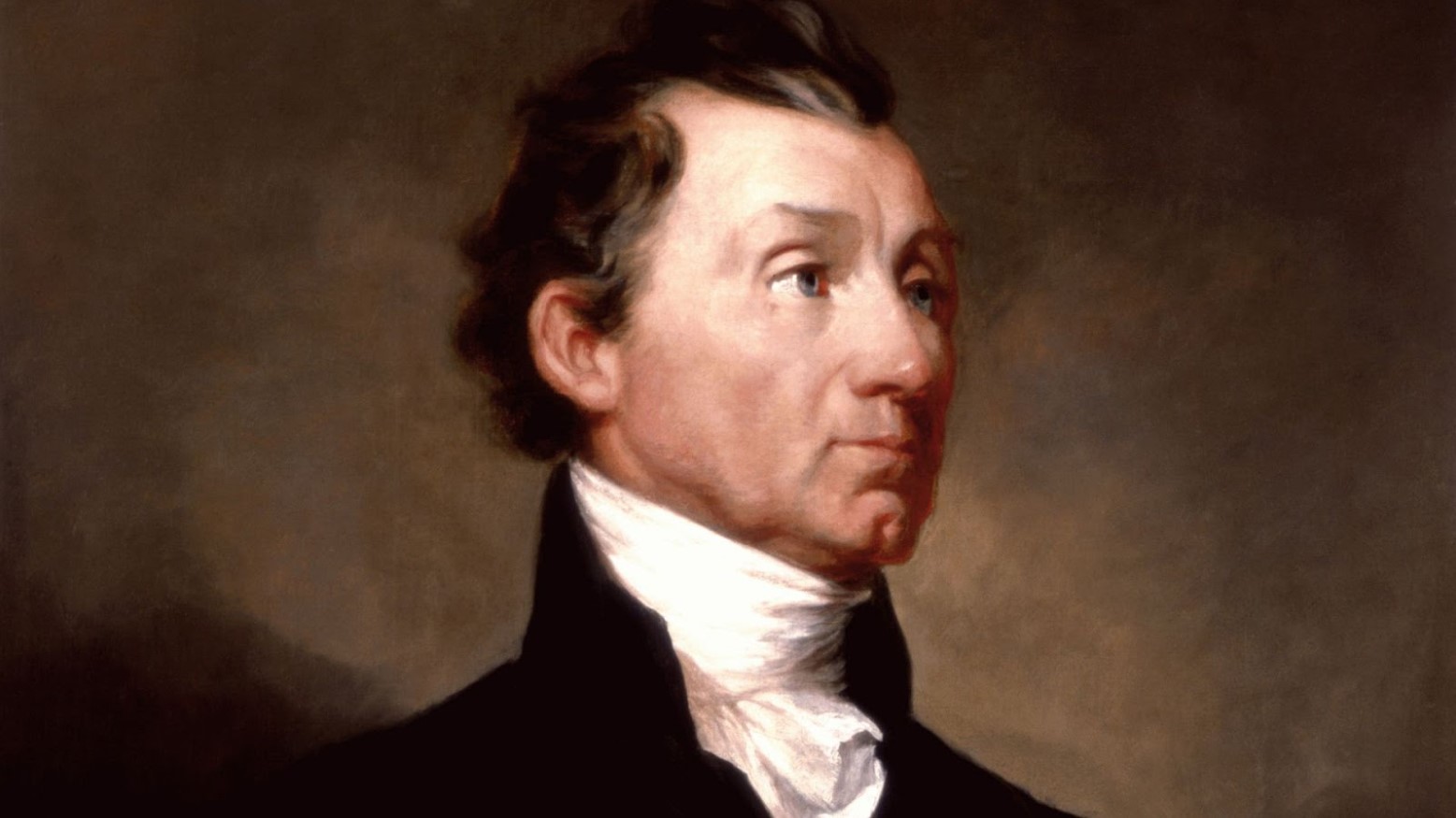
Source: Public Domain/Wikimedia Commons
Often, this is because of Monroe’s strong international relations skills. By establishing the Monroe Doctrine, the president warned other European countries from colonizing other parts of the Western world.
George H.W. Bush
George H.W. Bush was in the White House from 1989 to 1993. Though he was generally well-liked at the time, he lost his reelection bid thanks to a struggling economy.
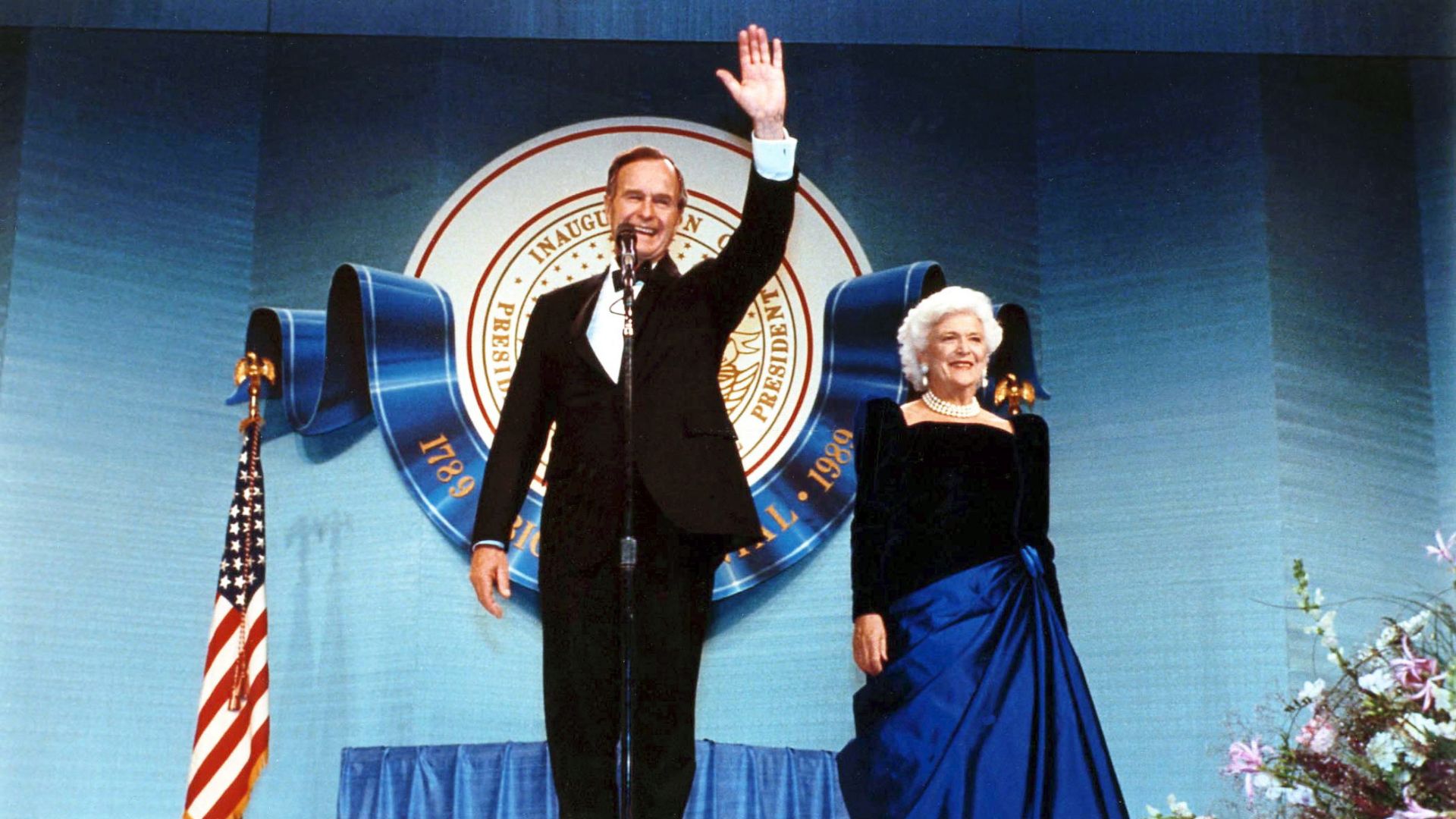
Source: Public Domain/Wikimedia Commons
Now, historians remember him well for how he handled the Gulf War. Bush also helped lead the country as the Cold War finally came to an end.
Dwight D. Eisenhower
A noted World War II commander, Dwight D. Eisenhower became president in 1953. Until 1961, Eisenhower led the nation through many difficulties. Eisenhower further desegregated the U.S. military while also sending federal troops to Arkansas to enforce desegregation in public schools.
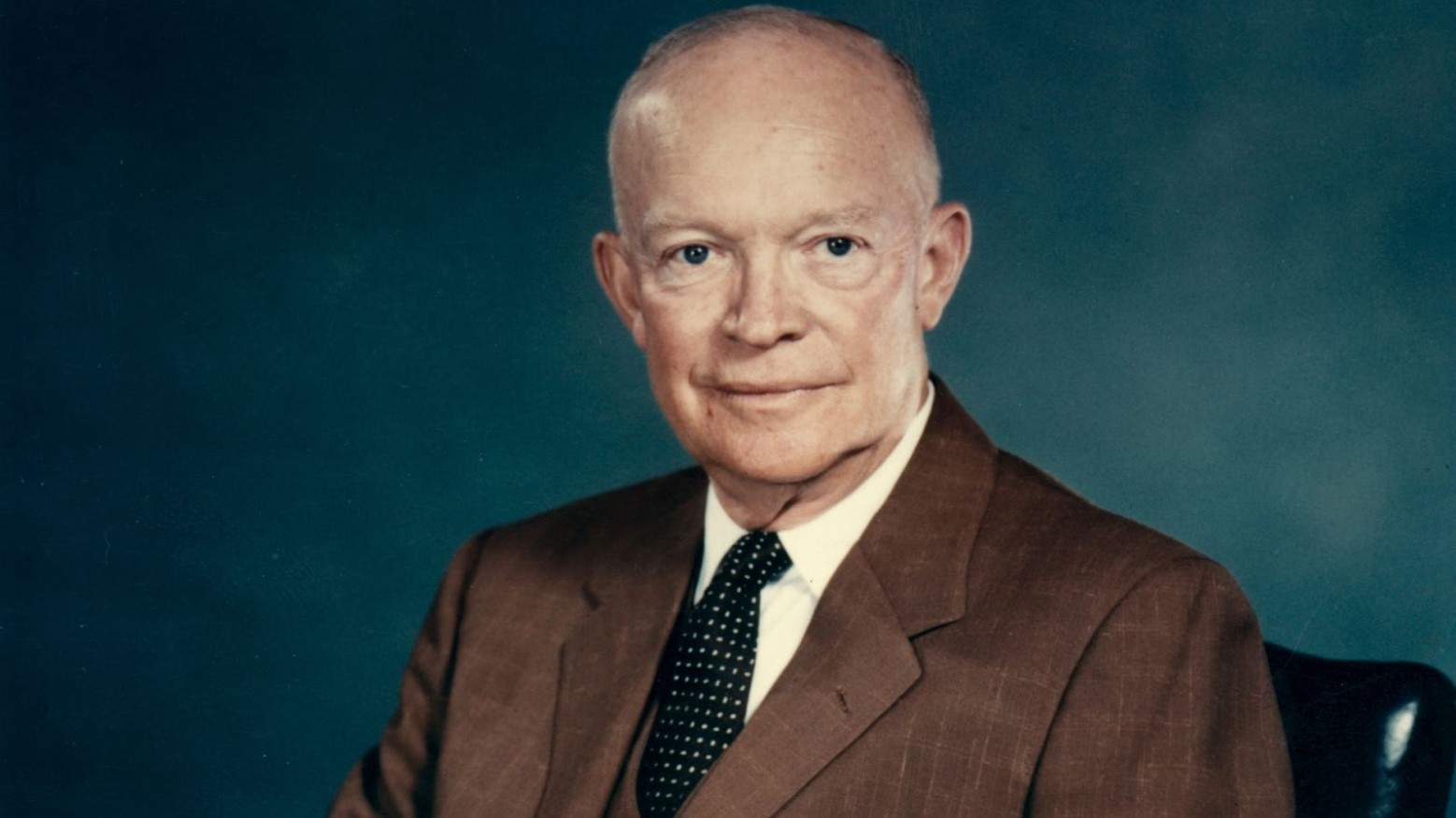
Source: Public Domain/Wikimedia Commons
Eisenhower is also known for ending the Korean War, while also being at the helm when the Cold War was just beginning.
James K. Polk
James K. Polk was in the White House from 1845 to 1849. While he might not be the first president Americans think of today, he generally tends to rank high when historians think of the U.S.’s best presidents.
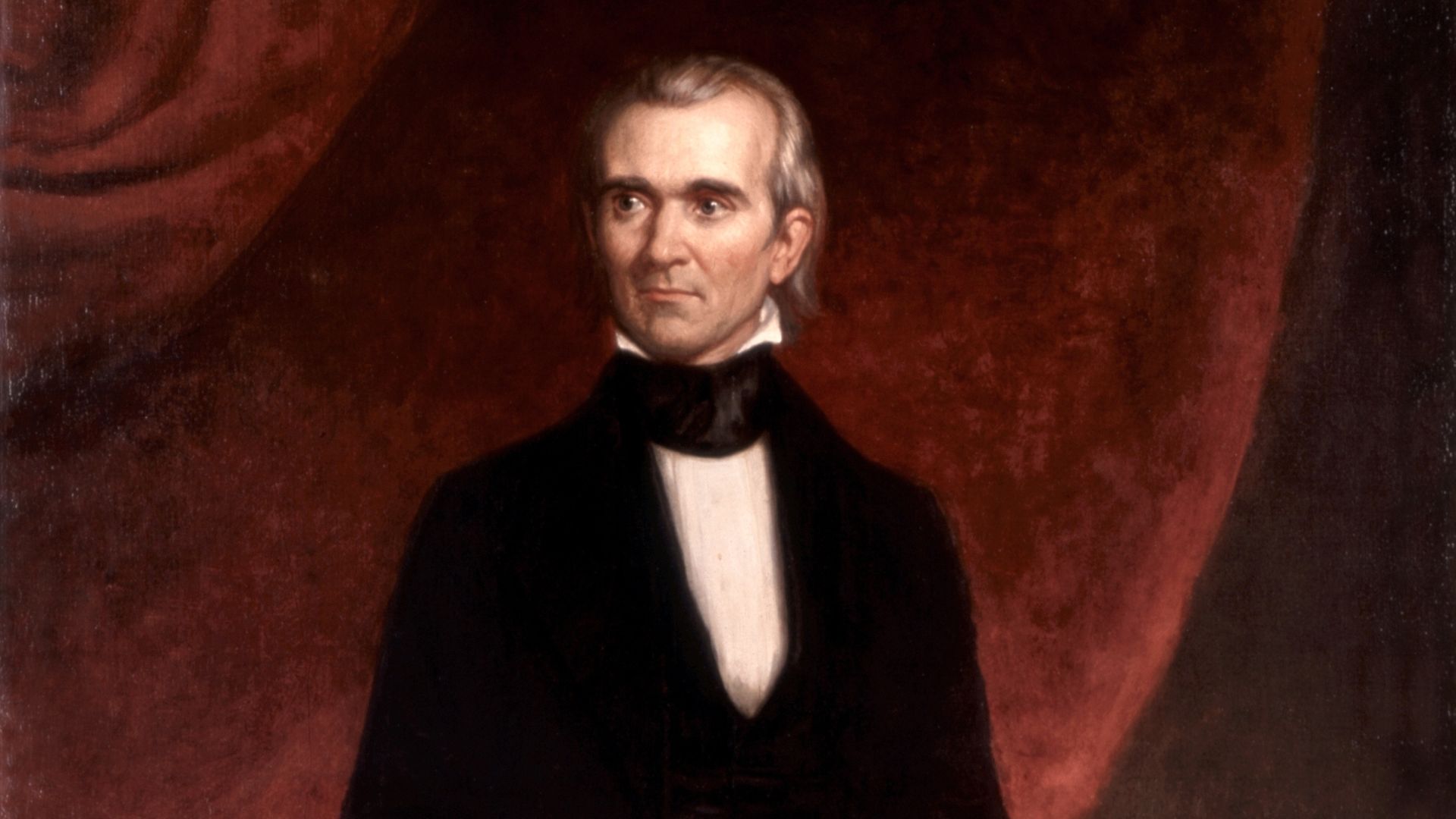
Source: Public Domain/Wikimedia Commons
Thanks to Polk, the U.S. acquired more than 800,000 square miles of additional land in the west until the land hit the Pacific Ocean.
Theodore "Teddy" Roosevelt
From 1901 to 1909, Theodore “Teddy” Roosevelt was the president of the U.S. Roosevelt remains the youngest person to ever become president of the country, as he took on the role at only 42 years old.
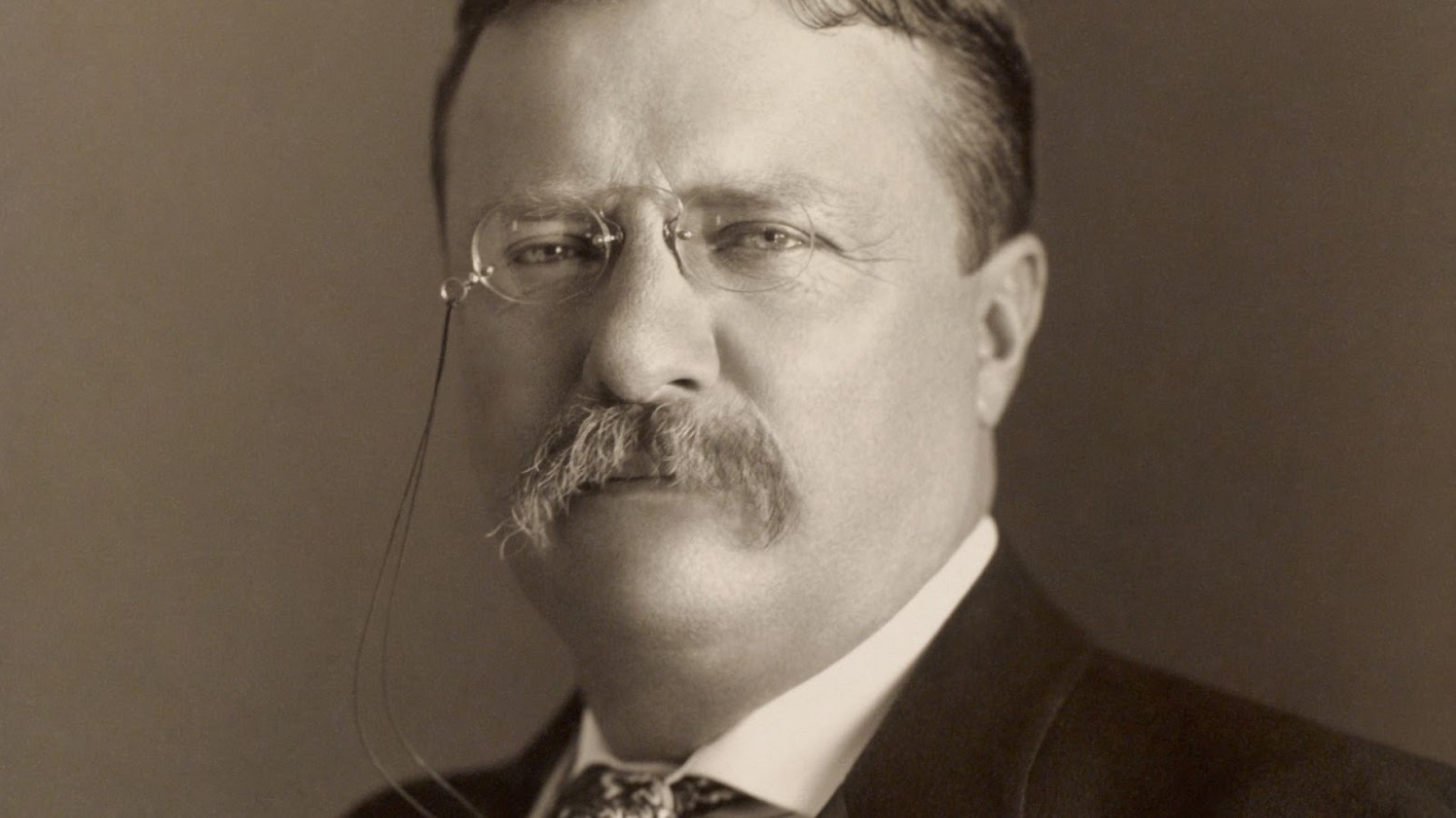
Source: Public Domain/Wikimedia Commons
His youthful energy allowed him to convince Congress to get a lot of work done, including passing progressive policy. Roosevelt also expanded the country’s national parks and is remembered today for having a strong foreign policy.
Woodrow Wilson
From 1913 until 1921, Woodrow Wilson was president of the United States with a singular view on how the country should be led.

Source: Public Domain/Wikimedia Commons
As a result, Wilson managed to get a lot done — including convincing Congress that the country needed to enter World War I.
William McKinley
William McKinley only led the country from 1897 to 1901 before he was assassinated while he was less than a year into his second term.
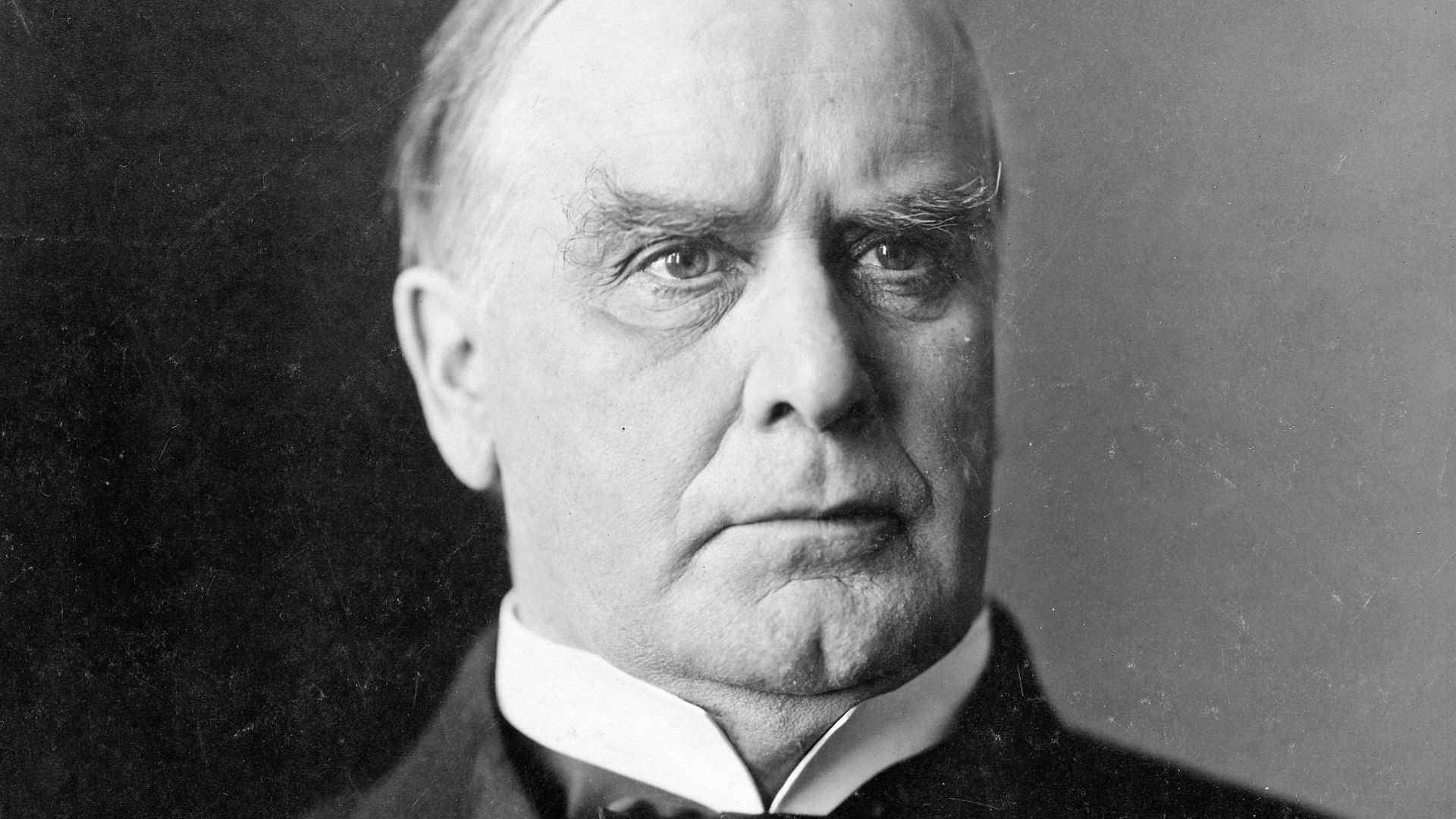
Source: Public Domain/Wikimedia Commons
Regardless, historians from both sides of the political spectrum have noted the positives McKinley’s tenure had. He’s mainly remembered well today thanks to his good relationship with Congress, as well as his overall party leadership.
John F. Kennedy
Though he was only president from 1961 to 1963 before he was assassinated in Dallas, Texas, John F. Kennedy remains a prominent figure in American history.
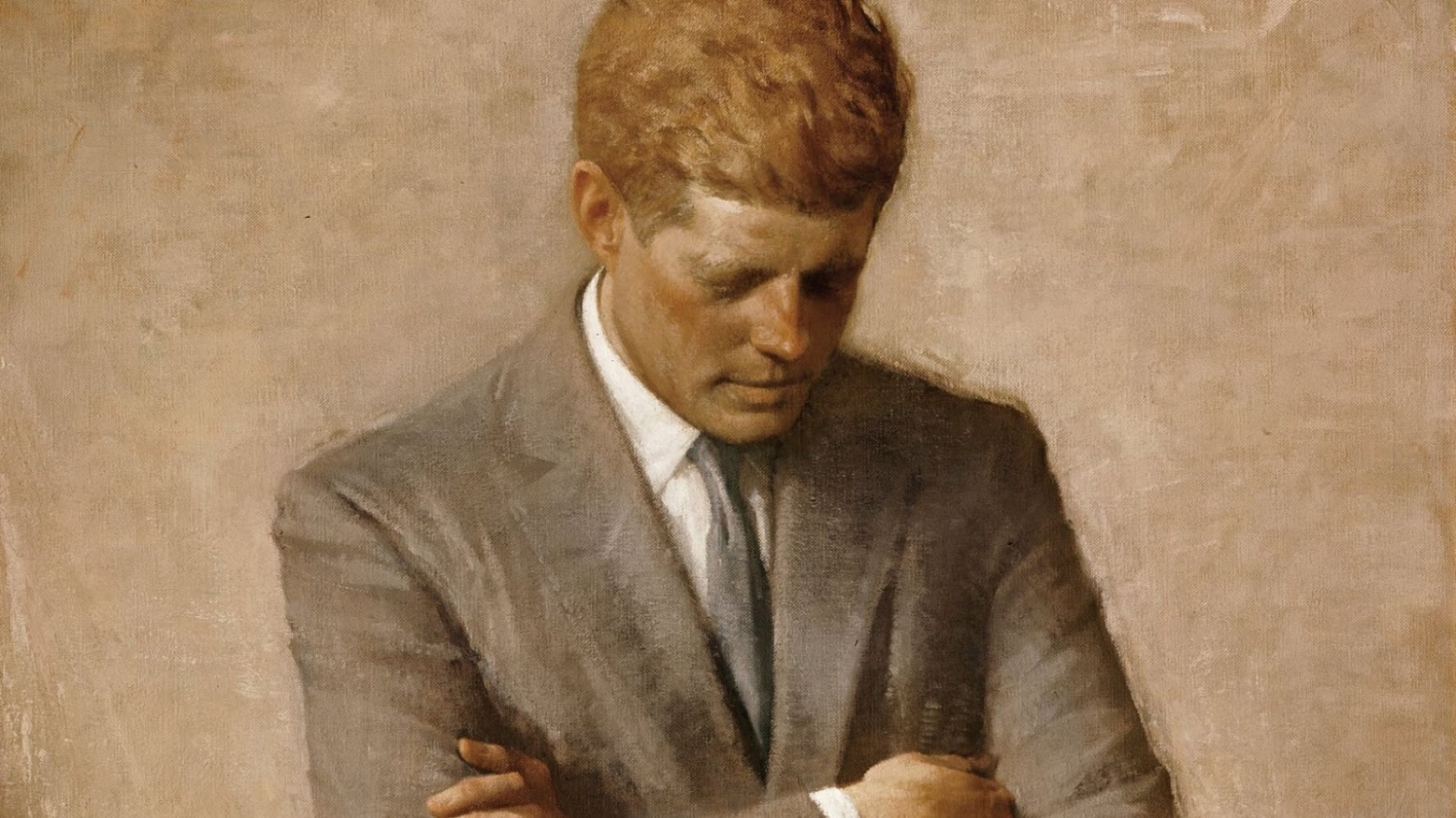
Source: Public Domain/Wikimedia Commons
Today, Kennedy is best remembered for his communication and public speaking skills, as well as his ability to connect with many Americans. His ability to stand strong against the Soviet Union also remains highly remembered.
Ronald Reagan
Ronald Reagan remains a popular president, even though he has dropped quite a bit in the rankings of many historians in recent years, by conservatives and liberals alike.
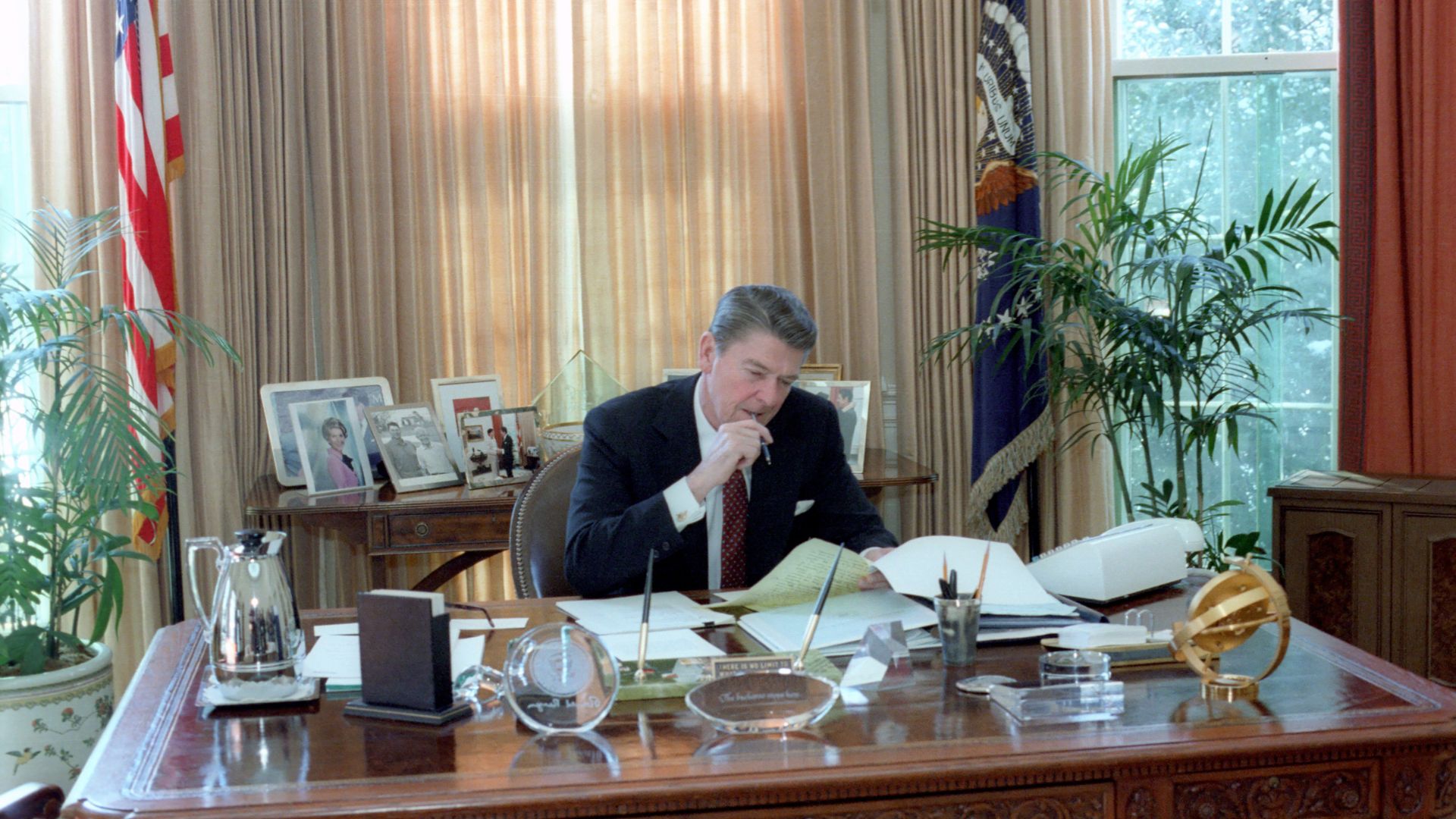
Source: Public Domain/Wikimedia Commons
However, Reagan still ranks high for being able to work with Congress to help the economy. His message of “peace through strength” also helped unite the country, particularly as the Cold War eventually would wind to a close.
Thomas Jefferson
The country’s third president, Thomas Jefferson led the country through its beginning stages from 1801 to 1809. Both conservative and liberal historians have always ranked Jefferson high thanks to his contribution to the forming of the U.S., including the writing of the Declaration of Independence.
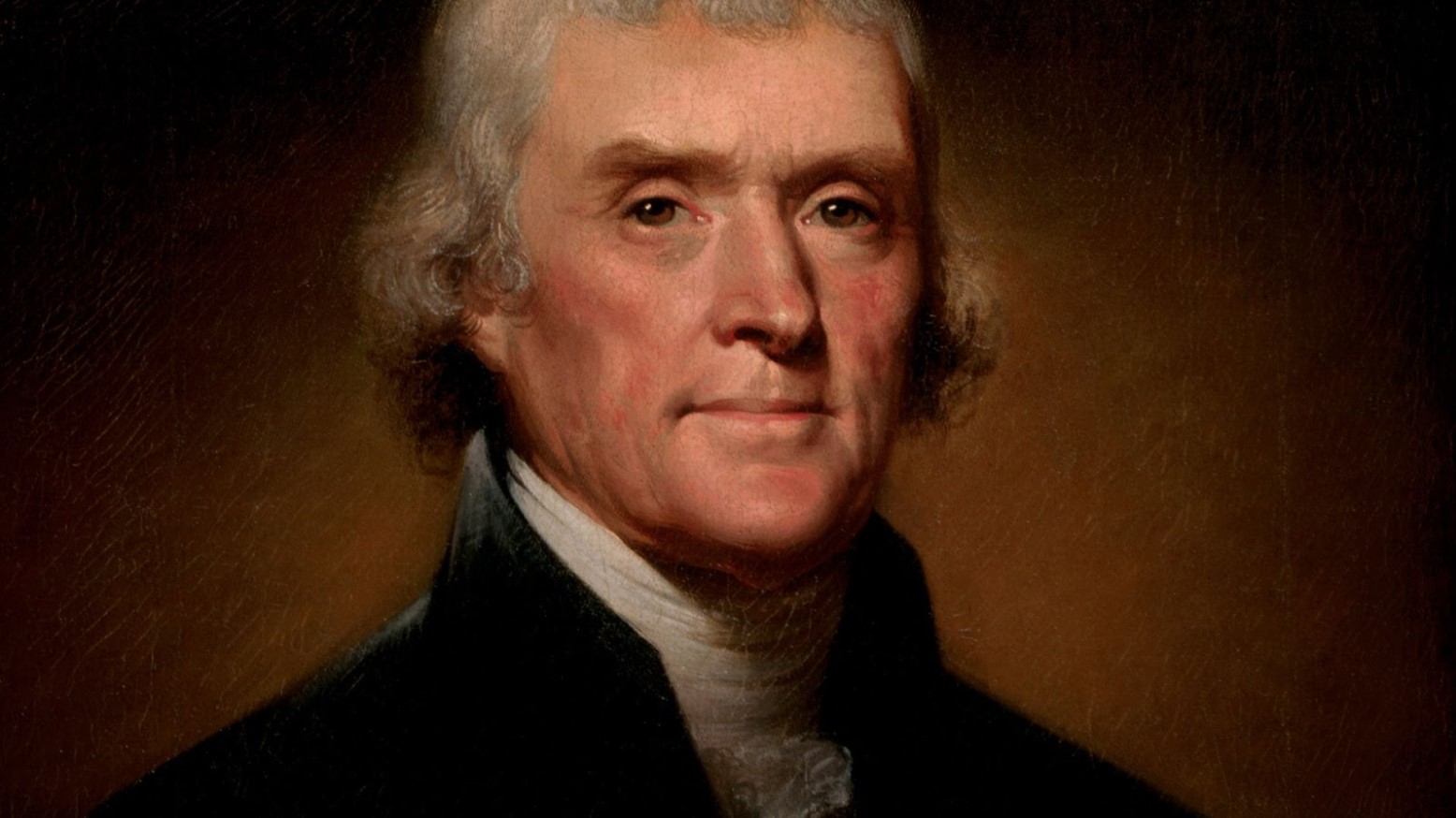
Source: Public Domain/Wikimedia Commons
During his presidency, Jefferson acquired the Louisiana Territory, which further expanded the U.S. west.
Harry Truman
Harry Truman wasn’t well-liked when he left office in 1953 after first being elected in 1945. However, over the years, historians both conservative and liberal have increasingly been more favorable to him.
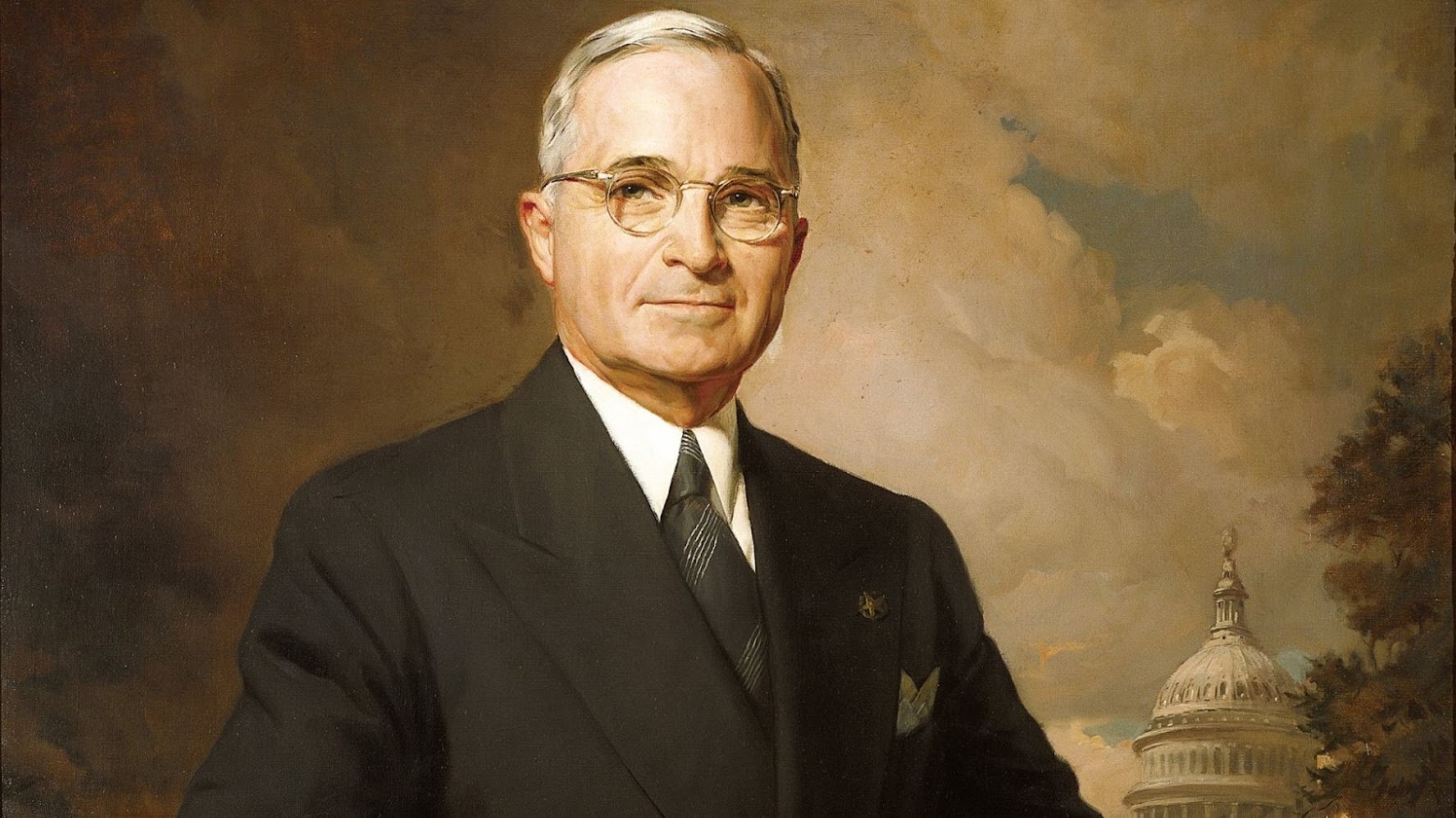
Source: Public Domain/Wikimedia Commons
Truman often ranks high on historian’s lists of presidents thanks to his foreign policy moves, most notably overseeing the creation of the United Nations. However, Truman is also known for being the president to order atomic bombs to be dropped on Japan.
Barack Obama
While Barack Obama may not be well-liked by Republican politicians and conservative voters today, many historians from both political parties tend to rank him high when compared to other U.S. presidents.
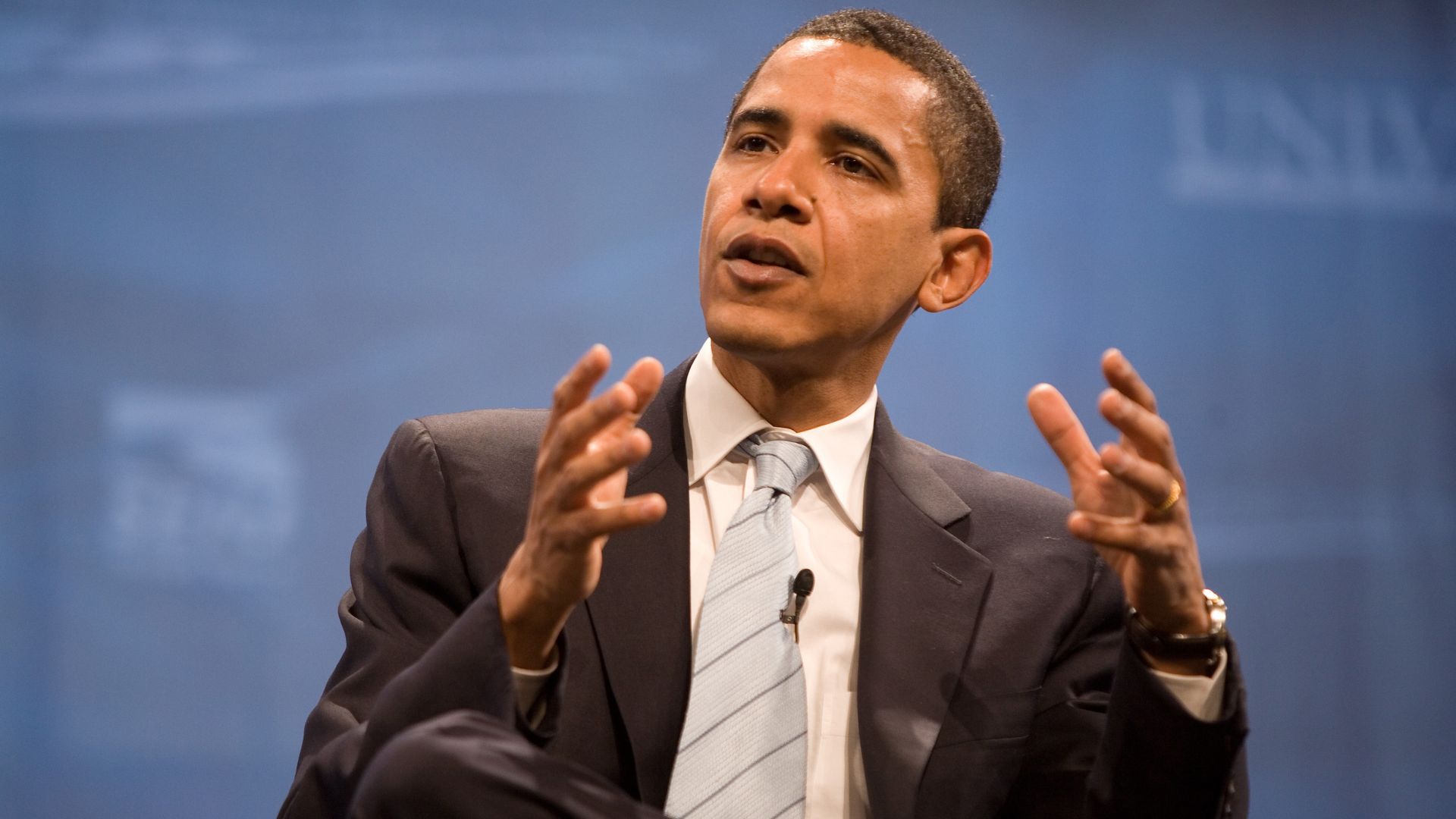
Source: Center for American Progress Action Fund/Wikimedia Commons
This mainly has to do with the Affordable Care Act, which helped extend health insurance coverage to 20 million Americans. The Obama administration also helped get the country out of the Great Recession.
George Washington
The U.S.’s first president, George Washington remains one of the best presidents the country has ever had thanks in part to what historians call his moral authority.

Source: Public Domain/Wikimedia Commons
Washington worked hard to ensure the country adopted the Constitution after the Articles of Confederation proved so terrible for the country. Washington also warned the public about how partisan politics would divide the country — a notable warning that echoes today.
John Adams
The United States’ second president, John Adams has fared pretty well with time. Though he’s nowhere close to George Washington by historians’ standards, he’s still remembered well thanks to his overall integrity.
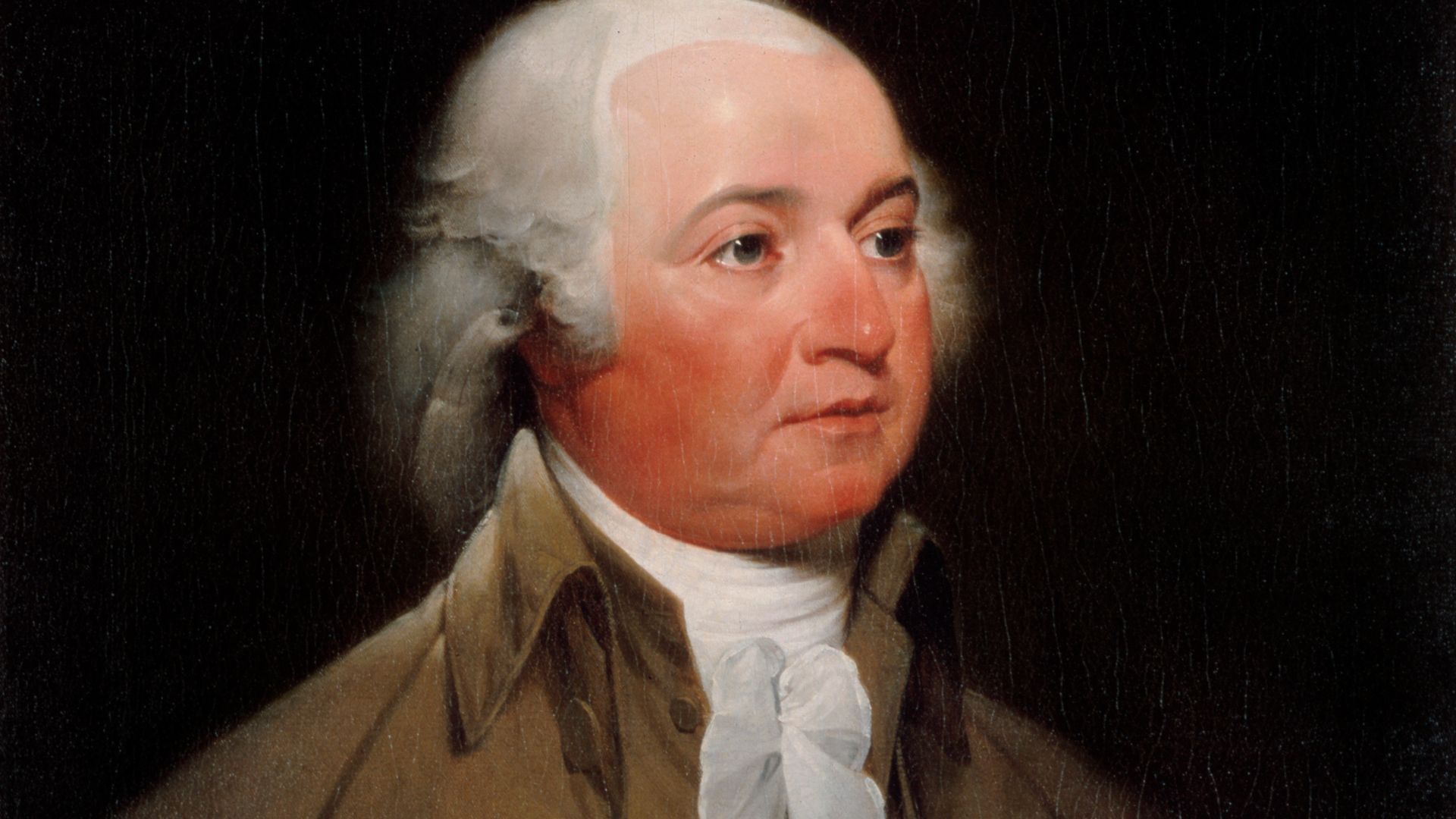
Source: Public Domain/Wikimedia Commons
Adams is also noted for having kept peace between the U.S. and France — even though tensions were very high between the two during his tenure.
John Quincy Adams
The son of the U.S.’s second president, John Quincy Adams led the country from 1825 to 1829. He’s remembered for being the first son of a former U.S. president to also become president.
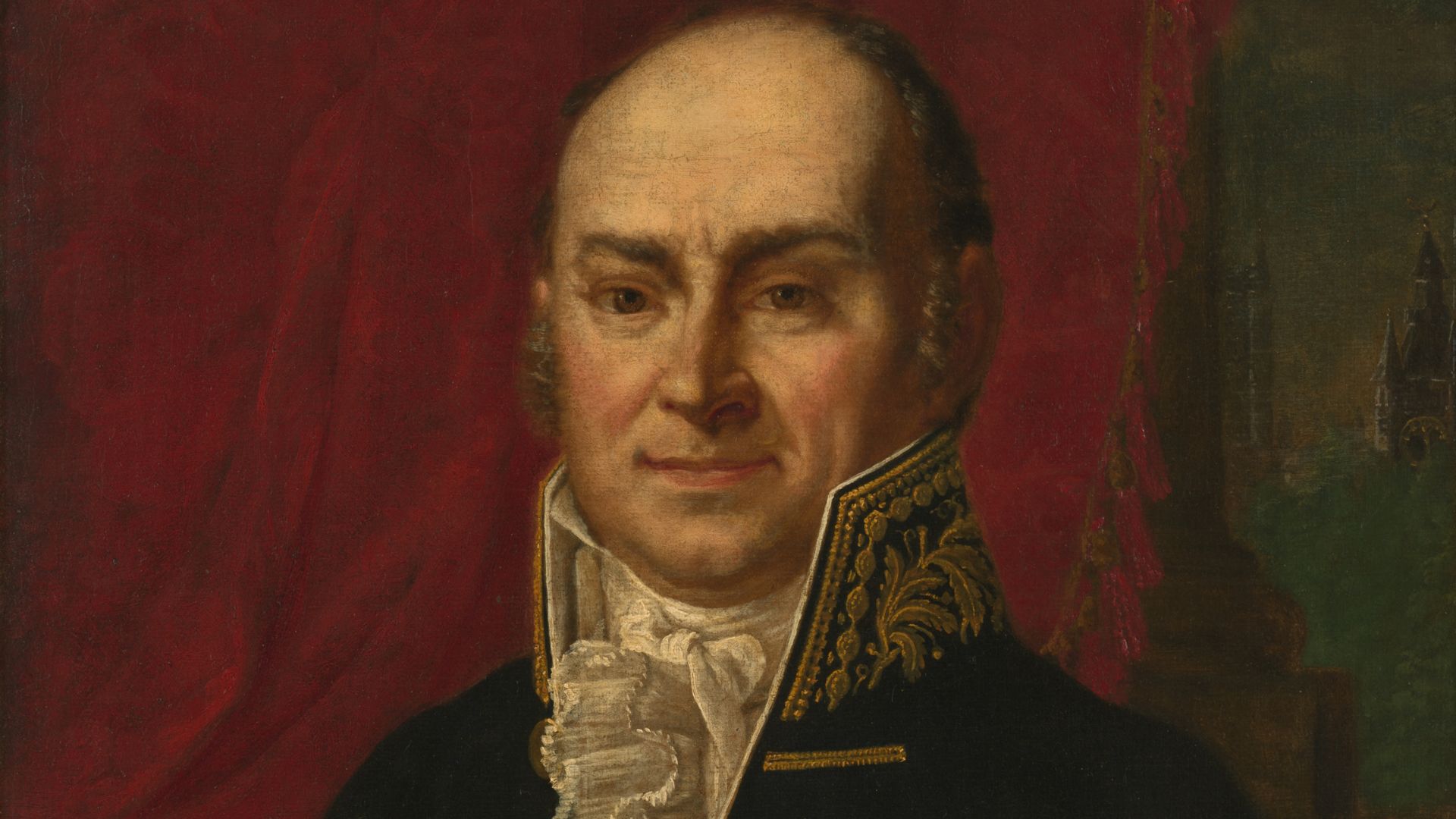
Source: Public Domain/Wikimedia Commons
During Adam’s reign, he had a bitterly divided Congress, and the country was incredibly split. However, despite all this, Adams was able to lead Americans and unite the country during these difficult periods.
Ulysses S. Grant
Any president that was tasked with uniting a country torn apart by a war — a war with each other, no less — has a hard task ahead of them. Ulysses S. Grant, from 1869 to 1877, managed to do just this.

Source: Public Domain/Wikimedia Commons
Though his mediocre administrative skills left many of his ambitions unfulfilled while he was president, historians rank Grant highly when looking at his advocating for civil rights.
Abraham Lincoln
Of course, Abraham Lincoln is often considered the very best president in all of U.S. history. Though the debate of who earns the top spot — some say Lincoln, others say FDR — it’s undeniable that the country wouldn’t be what it is today without Lincoln.
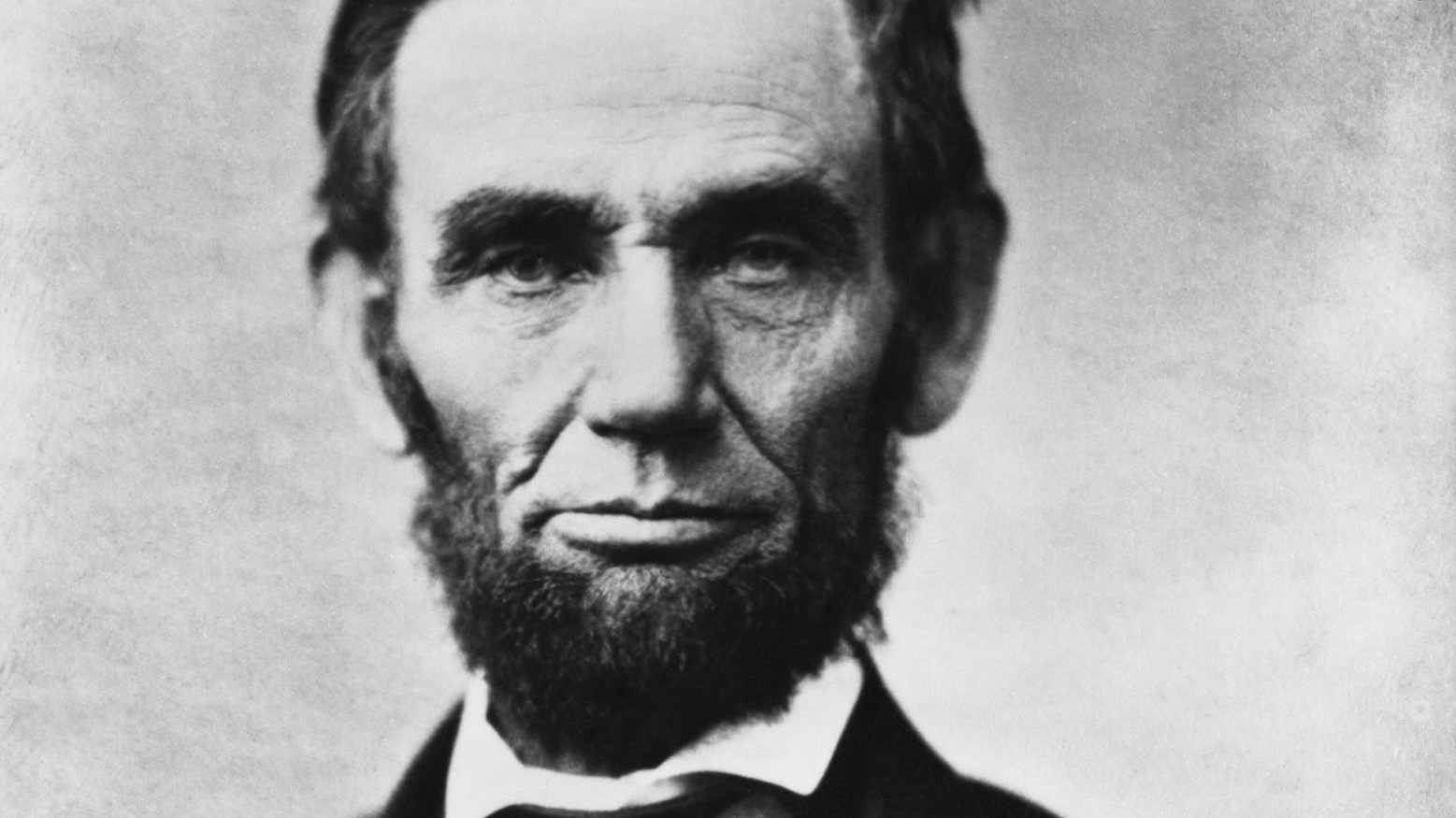
Source: Public Domain/Wikimedia Commons
From 1861 to 1865, Lincoln resided over the country as president. Lincoln led the country through the Civil War and believed in preserving the Union, no matter what. He also signed the Emancipation Proclamation, which freed slaves in the country.
